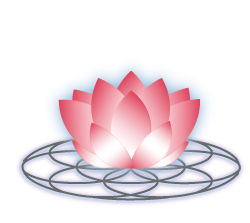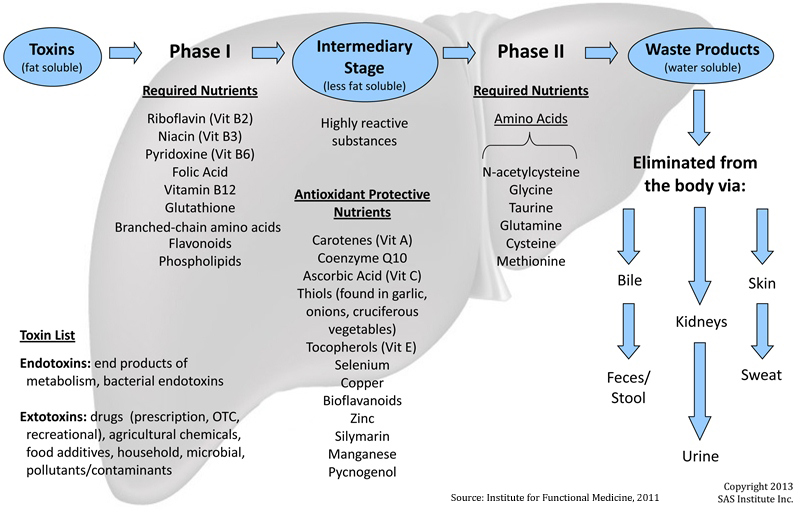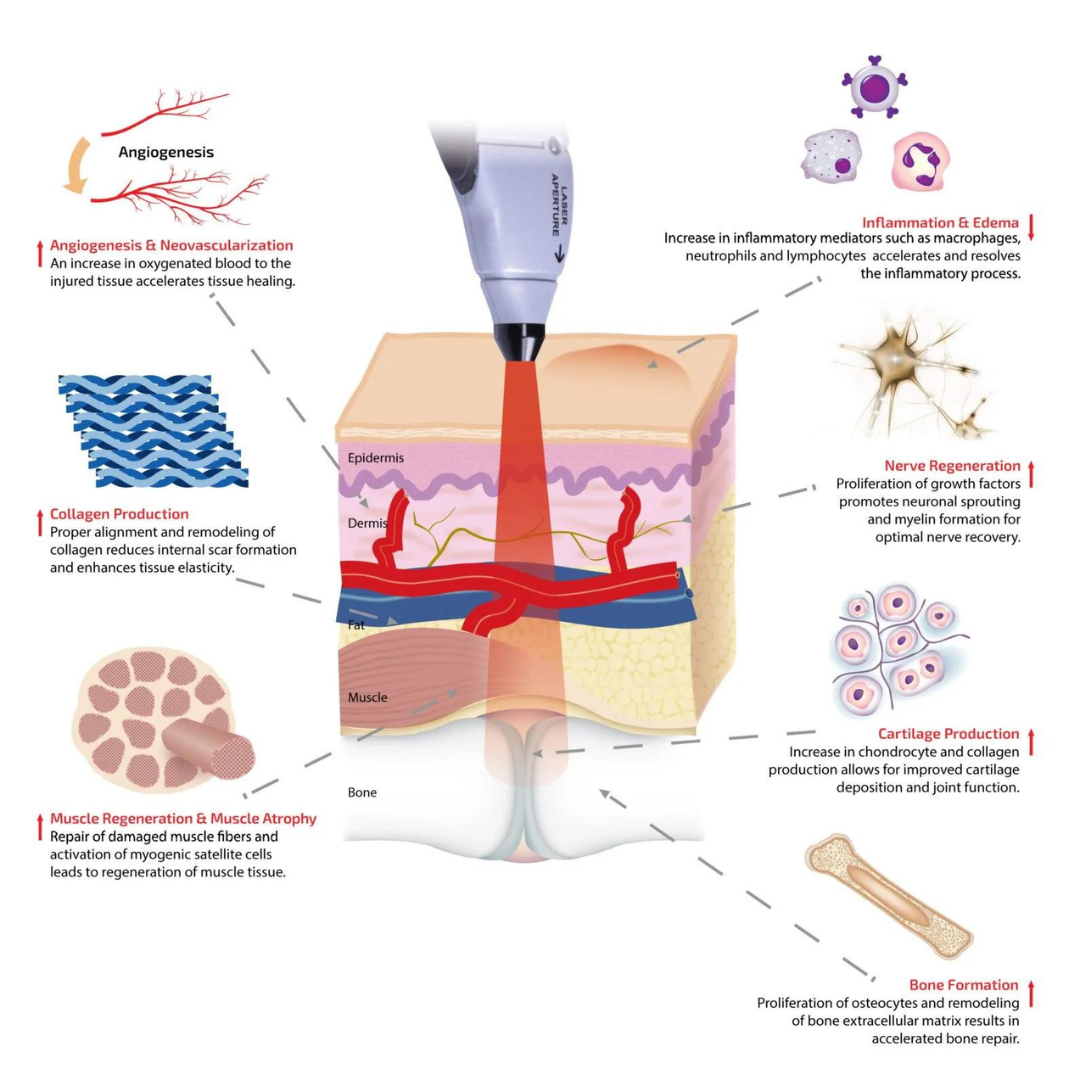January is Alzheimer’s Awareness Month in Canada, and as such, it makes sense to talk about ways to support a healthy brain throughout life. Alzheimer’s disease is one of the most common forms of dementia that is progressive and results from the formation of tau proteins in the brain that form tangles in neurons. Neurons are like the superhighways of the brain and nervous system - it’s the pathways that information is transported throughout the body. Tangles, on the other hand, would be akin to blockades, blocking the conduction of that nerve and stopping the movement of information. This disease causes the brain to shrink as a result of brain cells dying.
There are 7 Stages of Alzheimer’s Disease according to Penn Medicine. They are as follows:
Before Symptoms Appear - which is often called ‘pre-clinical Alzheimer’s disease.’ This happens 10-15 years before people have symptoms.
Basic Forgetfulness - when the person experiences memory lapses. This can often look like normal-aged forgetfulness. Eventually, this continues to happen more frequently.
Noticeable Memory Difficulties - examples include difficulty remembering recent reading material, difficulty planning and organizing, and having challenges in social settings. This can be accompanied by anxiety by the person experiencing these symptoms, along with denial that anything is wrong.
More Than Memory Loss - this is often the stage where there is damage to the brain that involves other aspects than memory - including language, organization, and calculations. They can experience disorientation, increased risk of wandering off and/or getting lost, changes in their sleeping patterns, and difficulty choosing appropriate clothing for the day. They can often feel moody or withdrawn in social gatherings. This can also be attributed to the loss of hearing that occurs before this time. Some experts think hearing loss also contributes to the brain atrophying (shrinking) since it is not getting as much stimuli.
Decreased Independence - can live on their own with no significant challenges, but will have difficulty remembering people that are important to them (eg. friends and family), and struggle with learning new things, and basic tasks might be too much for them. In this stage, they can also start experiencing hallucinations, delusions, and paranoia.
Severe Symptoms - they become more dependent on others. Communication may become difficult because it can be harder for them to articulate their thoughts. They may experience an increase in anxiety, hallucinations, delusions, and paranoia.
Lack of Physical Control - due to the brain having difficulty delegating tasks, the body may begin to shut down, resulting in reduced mobility and becoming vulnerable to infections.
Reading all of this and having a loved one experiencing all of this can be difficult, and though there isn’t currently a cure for Alzheimer’s, there are ways to promote a healthy brain and decrease your chances of getting this, and evidence states that at least 40% of dementias are preventable. And some experts believe this number is underestimated. This means that there are things that you can do to really decrease the risk of getting dementia. There is a genetic component that has been seen, and the earlier one has Alzheimer’s the more likely it is genetic. However, there is the Nun Study, that showed that some of these nuns had Alzheimer’s disease and were asymptomatic. This means that even though they have all of these tangles, their brain and body can have effective communication. They noticed these people had much more neurons in other parts of their brain as a compensatory mechanism. They found that the higher idea density scores in early life were associated with intact cognition in later life - even with tangles present.
What is an Idea Density? Chand et al. (2012) defined Idea Density as “the only approach that directly measures the ability to use world knowledge to structure propositions in spontaneous speech.” This translates into the number of ideas portrayed every 10 words. Generally speaking, the more ideas, the higher the score. So how well you can articulate your thoughts? This requires a diverse vocabulary to get the nuance of certain ideas, as well as your ability to use these words to articulate your thoughts. This can be aided by reading books to expose you to different words and reflection to be able to articulate your ideas and thoughts.
Other things that also help support healthy brains include social activities that include having to talk and engage with new people, movement, and coordination. An example of this would be partner dancing and racquet sports. The culture of partner dancing is such that you ask another person to dance and to know that ‘language’ of dance. This means that you had to learn the foundations of that dance, as well as how to translate your ideas to your partner without verbally saying it, and to listen to those messages and follow through. If you dance, this makes a lot of sense. The communication occurs between the tension and direction of the frame of the partners. Also, because it is a social environment, engaging in communication learning about other people, and building a social network happens. However, there is also evidence showing that when the cerebellar volume of the brain is maintained, it is better for memory. The cerebella is used hugely with body coordination, and this does include walking - specifically 9000 steps a day.
Eat healthy. We all know that processed foods are bad for you. This is not new. Nor is the topic of eating whole food diets. The reason this is so important is that processed foods have to be metabolized much more than the body because of all of the additives. This means that the body is getting low nutrition from it, and getting inflamed. This inflammation can lead to several different things but ultimately can cause the brain and body to reap the consequences. Making sure that your diet is full of nutrient-dense foods, will ensure that your body is getting everything it needs to thrive. ALSO, making sure you are digesting and absorbing that food is also important. For more guidance on what to eat, follow the MIND diet.
Lastly, sleep is important for your brain. When you sleep, your body can ‘clean up’ the amyloid beta protein, and ideally prevent them from becoming plaques and tangles. A meta-review saw that there was a significant reduction in total sleep time, sleep efficiency, and percentage of slow-wave sleep and rapid eye movement (REM) sleep, and an increase in sleep latency, wake time after sleep onset, number of awakenings, and REM latency in those with Alzheimer’s disease compared to those without. In particular, decreases in slow-wave sleep and rapid eye movement were associated with the severity of cognitive impairment. Basically, those with Alzheimer’s disease took a longer period to go to sleep, had lower durations of sleep, would wake up often, and had a low percentage of slow-wave sleep and REM sleep. This means prioritizing sleep quality and duration can be useful in preventing and as an initial focus when supporting those with dementia.
So in summary, there are things you can do to support a healthy brain and decrease your risk of Alzheimer’s disease. This does require you to be extremely proactive as these tangles can start in the brain 10-15 years before the onset of symptoms and brain damage. Eat a healthy, whole-food diet, and make sure you are digesting and absorbing it. Be socially active, whether it is in partner dancing or something else, and learn and diversify your vocabulary. Speaking doesn’t take much effort, but articulating your thoughts on certain topics does. Being able to do this can allow stronger networks to be made in certain parts of the brain to help our brain compensate if needed. The human design is genius, and part of that is the amount of redundancy in the brain. Some scientists think this is to allow the brain to compensate if other parts of the brain become damaged.
~Dr. Charmagne, with special mention to Dr. Romi Fung
Citations:
Iacono D, Markesbery WR, Gross M, Pletnikova O, Rudow G, Zandi P, Troncoso JC. The Nun study: clinically silent AD, neuronal hypertrophy, and linguistic skills in early life. Neurology. 2009 Sep 1;73(9):665-73. doi: 10.1212/WNL.0b013e3181b01077. Epub 2009 Jul 8. PMID: 19587326; PMCID: PMC2734290.
Zhang, Y., Ren, R., Yang, L., Zhang, H., Shi, Y., Okhravi, H. R., Vitiello, M. V., Sanford, L. D., & Tang, X. (2022). Sleep in Alzheimer’s disease: A systematic review and meta-analysis of polysomnographic findings. Translational Psychiatry, 12(1), 1-12. https://doi.org/10.1038/s41398-022-01897-y
Del Pozo Cruz B, Ahmadi M, Naismith SL, Stamatakis E. Association of Daily Step Count and Intensity With Incident Dementia in 78 430 Adults Living in the UK. JAMA Neurol. 2022 Oct 1;79(10):1059-1063. doi: 10.1001/jamaneurol.2022.2672. Erratum in: JAMA Neurol. 2022 Sep 9;: PMID: 36066874; PMCID: PMC9449869.







